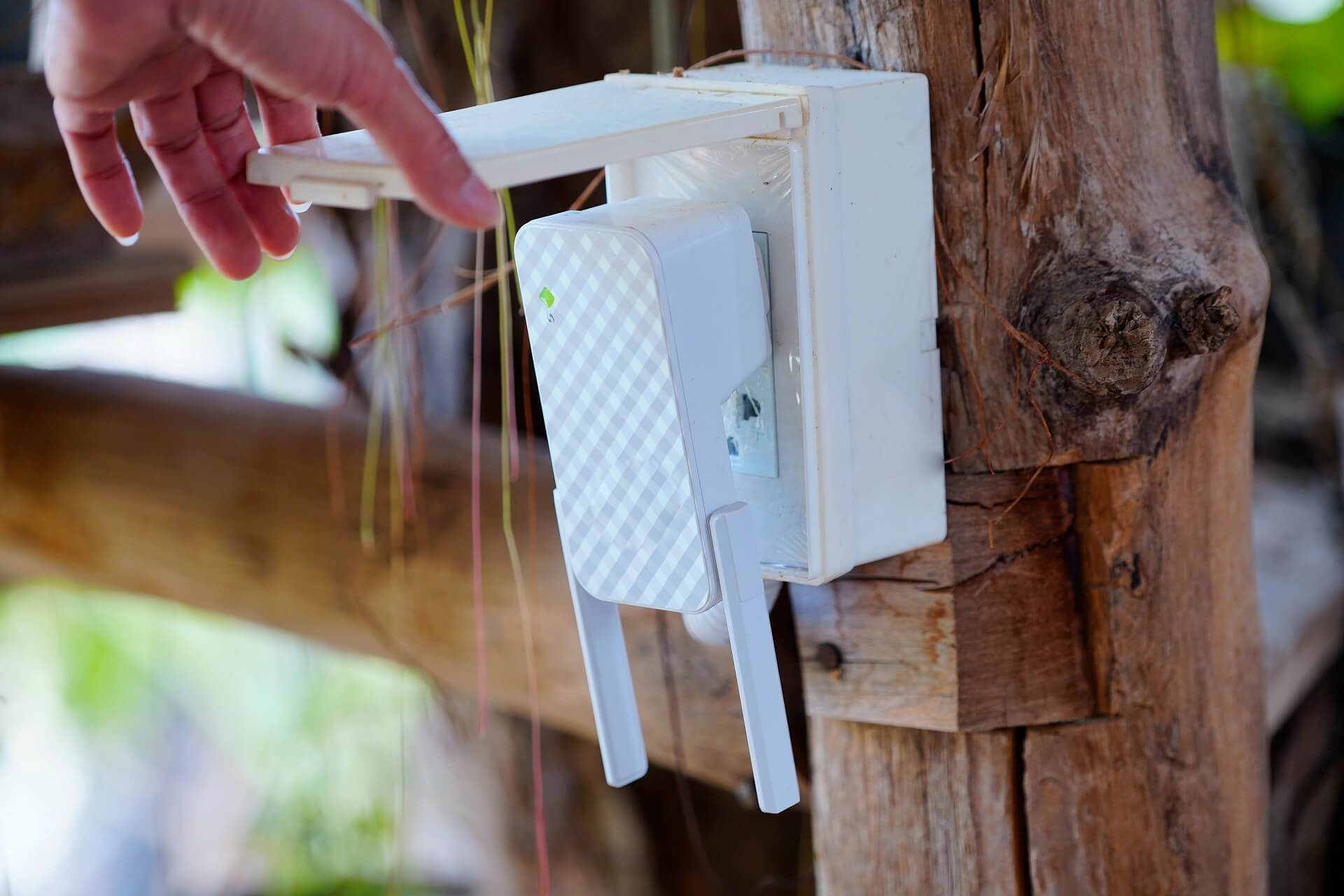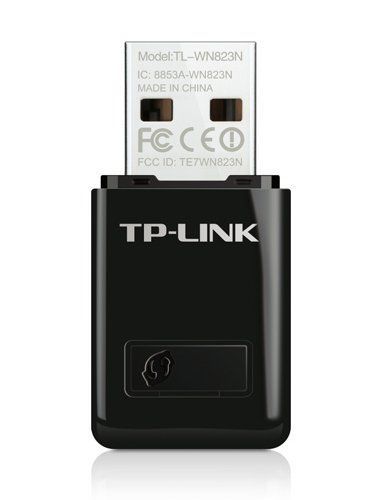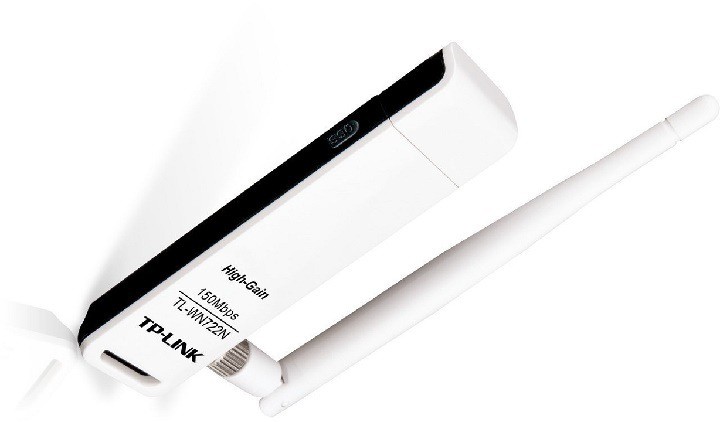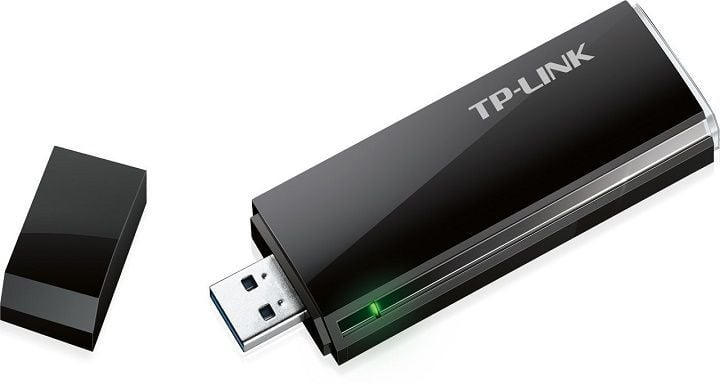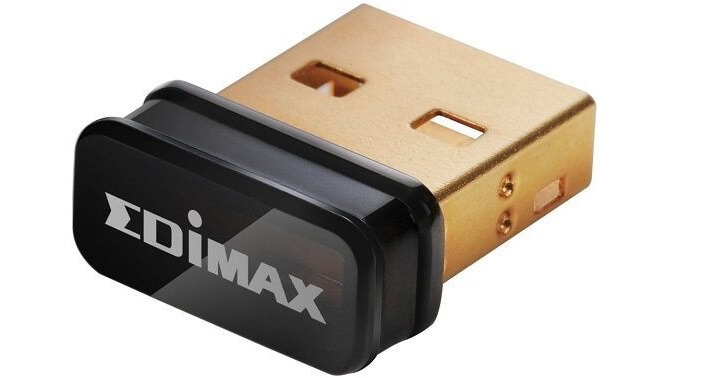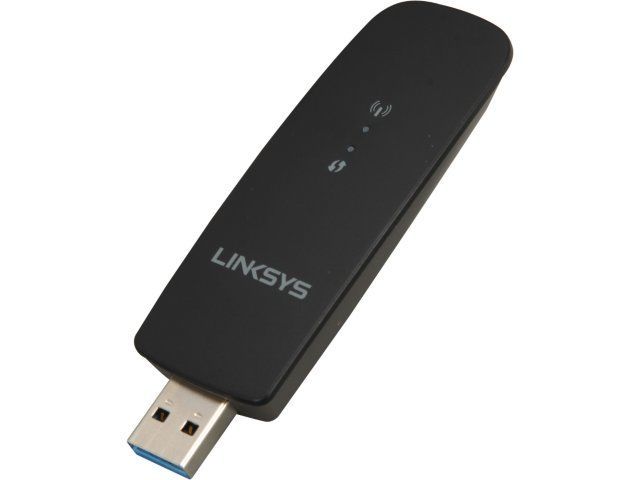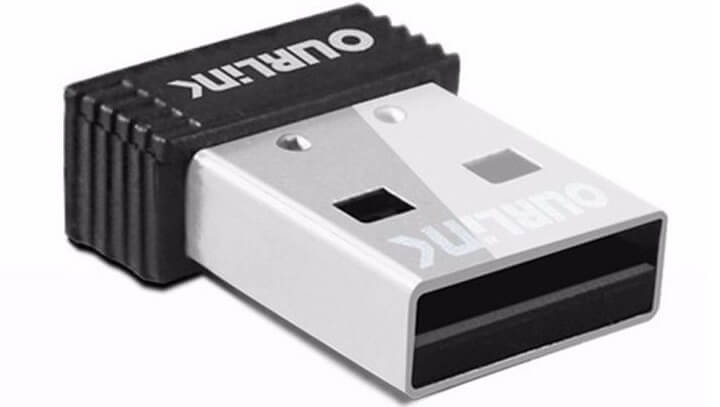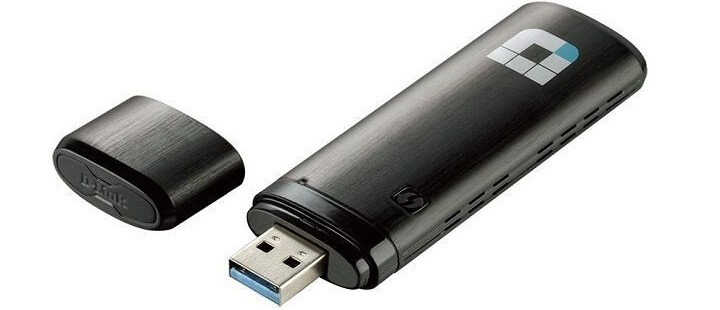Windows 10: изменение параметров адаптера и настройка сетевой карты
Всем доброго времени суток! Ну и перейдем, наверное, к следующему вопросу, который я нашел на почте: «как настроить сетевой адаптер на windows 10». К сожалению, больше ничего автор не написал, пошарив в интернете я увидел, что большинство порталов также пишут ахинею и чушь, и самое главное не разъясняют читателям некоторые очень важные вещи.
Дело в том, что данные вопрос, может иметь два подтекста, то есть решить его можно двумя способами и оба этих варианта будут иметь совсем разный результат. Но на других сайтах, почему-то рассматривается самый простой и самый очевидный вариант.
А теперь, давайте я вам расскажу как можно подробнее. Первый контекст вопроса — это изменение параметров адаптера, когда вы заходите в драйвер сетевого модуля и начинаете его настраивать под свои нужды. Таким образом можно увеличить скорость при скачивании или уменьшить пинг в играх.
Второй контекст — это обычная настройка с прописыванием IP адреса, маски и шлюза. Этот процесс делается совершенно в другом месте и зачастую никаким образом не влияет на качество подключения. Но иногда помогает подключиться к роутеру, когда на нем выключен DHCP — это специальная функция, которая позволяет раздавать настройки сети другим подключенным устройствам автоматически.
В общем я рассмотрю оба этих варианта. Но вы все же напишите в комментариях – что именно вы имели ввиду под настройкой сетевой карты или адаптера. Также туда же можете писать какие-то вопросы или дополнения.
Настройка подключения
- Для начала нам нужно узнать IP адрес нашего роутера. Его можно посмотреть на этикетке под корпусом, но лучше всего посмотреть через командную строку с компьютера или ноутбука, который подключен к маршрутизатору. Найдите на клавиатуре две клавиши «Win» и английскую буковку «R». Одновременно нажмите по ним.
- Должно вылезти окошко. Нужно прописать команду как на картинке выше. Оно может иметь другой вид – все зависит от версии операционной системы;
- Вписываем команду «ipconfig» и смотрим – какое значение стоит в строке «Основной шлюз». Именно этот адрес и принадлежит нашему интернет-центру.
- Опять жмем «Win+R»;
- Прописываем: «cpl»;
- Должно вылезти окошко. Нужно прописать команду как на картинке выше. Оно может иметь другой вид – все зависит от версии операционной системы;
- Второй вариант зайти в настройки, это нажать на главную кнопку «Windows». Далее нажимаем по шестеренке;
- Выбираем раздел сетей и интернета;
- «Состояние» – «Настройка параметров адаптера»;
- В ноутбуке должно быть два подключения: проводное и беспроводное. Нажмите правой кнопкой на то, через которое вы подключены к роутеру. Далее выберите «Свойства»;
- Теперь нажмите один раз на четвертый протокол и далее «Свойства». Теперь включите галочку так, чтобы можно было ввести IP и DNS. В первую строку вводим IP вашего компьютера – первые 3 цифры, должны быть как у вашего роутера. Например, у меня роутер имеет адрес 192.168.1.1, а вот третью цифру можно выбрать любую из диапазона от 10 до 254. Я выбрал 25 и получилось 192.168.1.25. Но можно выбрать и 36, 48 или 54 – как вам захочется. Маска устанавливается автоматически после нажатия на эту строчку. В строку основной шлюз прописываем адрес маршрутизатора: 192.168.1.1, но у вас может быть и другой, вспомните, что вам показала командная строка. В качестве DNS я использовать сервера от Google, они проверенные и надежно работают: 8.8.8.8 и 8.8.4.4.
- В конце нажимаем «ОК».
В некоторых случаях эти настройки помогают решить некоторые проблемы с подключением. Но я же все-таки советовал бы вам перенастроить свой роутер и проверить, что включена функция DHCP. Вообще она по умолчанию включена всегда.
Настройка адаптера
Теперь мы подошли к настройке сетевой карты. То есть изменения некоторых параметров, которые в теории могут улучшить подключения, уменьшить потерю пакетов. В результате уменьшается ping и скорость немного повышается.
Нажимаем на наши любимые клавиши «Win+R». Далее прописываем «devmgmt.msc».
Вы попадете в диспетчер устройств. Далее вам нужно найти раздел «Сетевые адаптеры» и найти тот модуль, который вы хотите настраивать. Напомню, что у ноутбуков их будет два: беспроводной и кабельный. А теперь идём в мою подробную статью по настройке сетевой карты по этой ссылке. Не смотрите, что он написан для виндовс семерки — это не имеет значения, так как принцип одинаковый.
Top 13 Wi-Fi adapters for your Windows 10 [2020 Guide]
- Wi-Fi adapters are great for when you need Wi-Fi connectivity but don’t want cables.
- We’ve compiled a list of what we consider to be the best wireless Wi-Fi adapters on the market.
- The products below deal with Wi-Fi connectivity, of which we’ve written plenty in our Wi-Fi Hub.
- For more lists featuring great gadgets, check out our Tech page.
Wireless networks are great, especially if you don’t want to deal with LAN cables, however, not all Windows 10 PCs have built-in Wi-Fi adapters. Fortunately for you, there’s a wide array of wireless adapters available, and today we’re going to show you some of the best Windows 10 Wi-Fi adapters.
Bear in mind that public wireless networks might not be the safest, and if you decide to purchase a wireless adapter for your Windows 10 device, make sure to properly protect your Windows 10 PC on a public Wi-Fi network.
Best Wi-Fi adapters for your Windows 10 PC
Panda Ultra 150Mbps Wireless N USB Adapter (recommended)
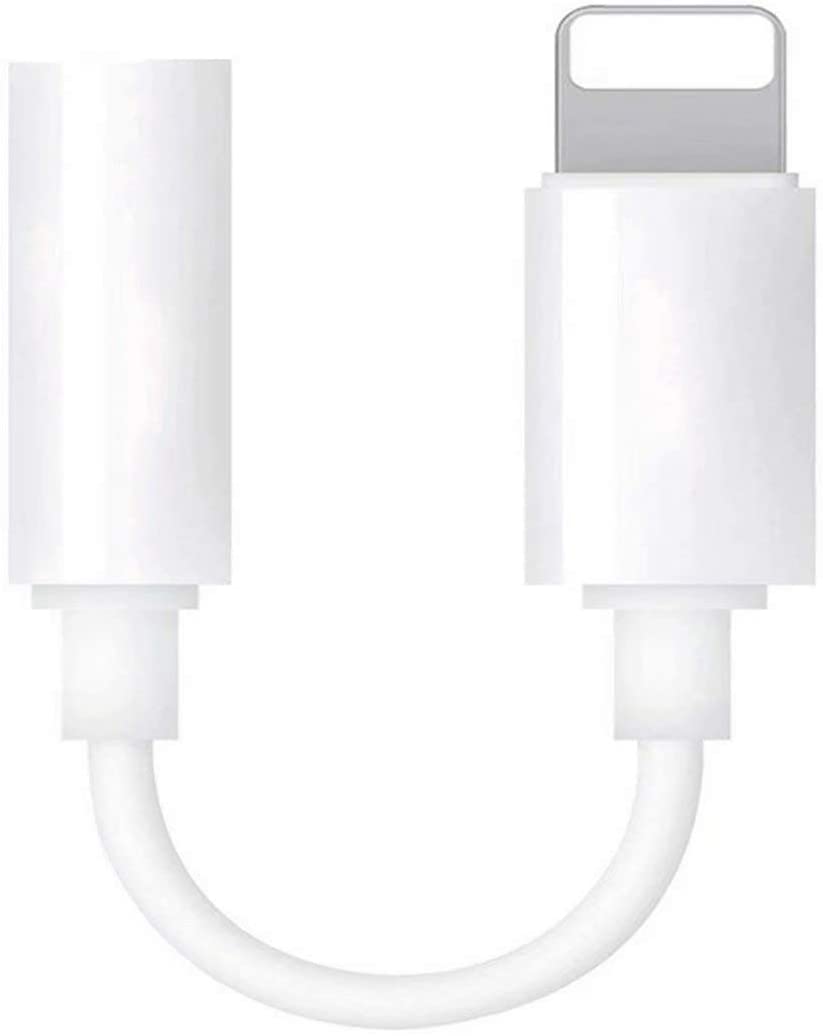
This compact Wi-Fi adapter works with wide range of operating systems, including all older versions of Windows, Windows 10 and even Linux. This device has its limitations though, and it supports only 802.11n protocol along with 2.4GHz frequency.
Panda Ultra is a decent entry-level USB Wi-Fi adapter for Windows 10, but it you’re looking for a fast device with long-range, you might want to use a different adapter.
Panda Ultra 150Mbps Wireless N USB Adapter
This small Wireless adapter will provide network coverage for your entire house. Buy it now at this special price!
TP-LINK Archer T1U Wireless AC450 Nano USB Adapter (suggested)
TP-LINK Archer T1U Wireless AC450 Nano USB Adapter is similar to the previous model we described when it comes to size. However, this model uses 802.11ac standard while being backward compatible with 802.11a/n standards as well. In addition, TP-LINK Archer T1U AC450 uses 5GHz frequency in order to avoid any potential interference. Unfortunately, this adapter is not compatible with older 2.4GHz routers, so keep that in mind.
In terms of security, this Wi-Fi adapter supports 64/128-bit WEP, WPA/WPA2, and WPA-PSK/WPA2-PSK encryption. Some users claim that TP-LINK Archer T1U AC450 users only 802.11n standard on Windows 10, and hopeful that will change with the latest driver update.
TP-LINK Archer T1U Wireless AC450 Nano USB Adapter
A USB Wi-Fi adapter that is the size of a thumbnail, now available at a discount price!
Etekcity AC1200 Dual Band USB 3.0 WiFi Dongle
Just like the previous model, this one is using the latest 802.11ac Wi-Fi standard. Etekcity AC1200 works great with Windows 10, and it should be automatically recognized as soon you connect it.
This Wi-Fi adapter uses both 2.4GHz and 5GHz frequencies, and it’s backward compatible with USB 2.0. It’s worth mentioning that Etekcity AC1200 supports soft AP mode that allows you to create a Wi-Fi hotspot for mobile devices.
Alfa Long-Range Dual-Band AC1200 Wireless USB 3.0 Wi-Fi Adapter
This device supports both 2.4GHz and 5GHz frequencies and it works with latest 802.11ac wireless standard. Of course, older 802.11n standard is supported as well. One feature that sets apart Alfa Long-Range Dual-Band AC1200 from other devices are its 5dBi dual-band dipole antennas. Those antennas provide a decent range, but if you require larger range, you can easily remove them and replace them with any other more powerful antenna.
Regarding security, this adapter supports WEP 64-Bit, WEP 128-Bit, WPA-PSK and WPA2-PSK encryption.
Alfa Long-Range Dual-Band AC1200 Wireless USB 3.0 Wi-Fi Adapter
Get unparalleled signal throughout your home with this powerful Wi-Fi adapter.
TP-LINK TL-WN823N
This adapter comes with miniature design and it users 802.11b/g/n standard. TP-LINK TL-WN823N allows you to use soft AP mode thus turning it into Wi-Fi hotspot for mobile devices. Additional features include Clear Channel Assessment and Multiple Input Multiple Output technologies.
TP-LINK TL-WN823N
Fast and powerful, small but reliable, now at a special price!
TP-LINK TL-WN722N
A highlight of this Wi-Fi adapter is its detachable omni-directional 4dBi antenna which you can easily replace if you need larger range. TP-LINK TL-WN722N supports a wide range of operating systems and it uses 802.11b/g/n standard. In addition, this device can also work as a wireless hotspot for your mobile device.
TP-LINK TL-WN722N
If you need a pocked-sized mobile hotspot, then now is your chance to get it at a reduced price!
TP-LINK Archer T4U AC1200
TP-LINK Archer T4U AC1200 utilizes 802.11ac wireless standard providing you with speed up to 1200Mbps. This adapter fully supports both 2GHz and 5GHz frequencies and it can even work as a wireless hotspot. Archer T4U comes with 1m extension cable, so you can easily move your adapter to any other location in order to get the best reception.
Panda Wireless PAU06
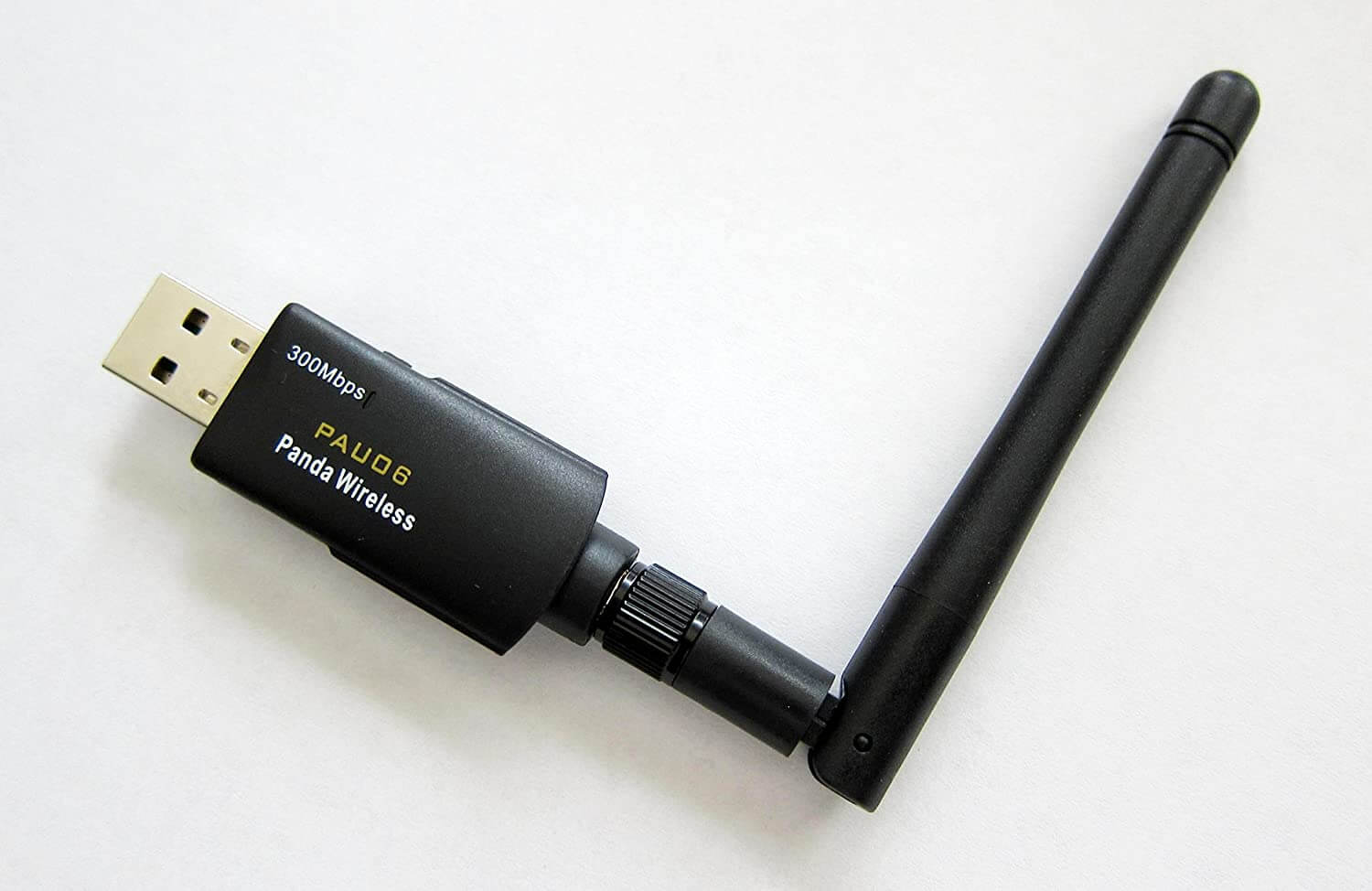
Regarding security, Panda Wireless PAU06 works with 64b/128bit WEP, WPA, and WPA2 (TKIP+AES) encryption, and it’s compatible with a wide range of operating systems. Unfortunately, this adapter doesn’t work with 5GHz frequency.
TP-LINK TL-WN725N
TP-LINK TL-WN725N is a nano Wi-Fi adapter for Windows 10, and it’s fully compatible with 802.11b/g/n routers. It provides you with speed of 150Mpbs and it offers WPA/WPA2 encryption. It might not be the best Wi-Fi adapter on the market, but it should be great for your laptop due to its small size.
Edimax EW-7811Un
Edimax EW-7811Un wireless adapter uses 802.11n wireless standard and it provides users with internet speed up to 150Mbps. This device is fully compatible with older 802.11b/g standards, and it utilizes 64/128 bit WEP as well as WPA-PSK, WPA2-PSK security encryption.
Unfortunately, Edimax EW-7811Un doesn’t support 5GHz routers, and instead, it relies on 2.4GHz frequency. Due to its small size, this Wi-Fi adapter is perfect for your Windows 10 laptop.
Linksys Dual-Band AC1200 Wireless Adapter
Linksys Dual-Band AC1200 supports 5GHz signal and it’s fully compatible with 802.11ac routers. In terms of security, this device offers 128-bit encryption through WEP, WPA, and WPA2, and most importantly – it’s fully compatible with Windows 10.
Unfortunately, Linksys Dual-Band AC1200 might not be the most affordable Wi-Fi adapter, but it’s certainly one of the best.
Glam Hobby AC600
If you can’t afford Linksys Dual-Band AC1200, Glam Hobby AC600 might be just what you need. This is a nano Wi-Fi adapter that supports both 802.11ac standard and 5GHz frequency. In addition, it’s fully compatible with older routers that use 802.11 a/b/g/n standard.
Glam Hobby AC600 might not be the fastest Wi-Fi Windows 10 adapter, but it supports latest standards, it’s affordable and due to its small size it will be perfect to use with your laptop.
D-Link AC1200
Just like the two last models that we previously mentioned, D-Link AC1200 supports the latest Wi-Fi AC standard and both 2.4GHz and 5GHz frequencies. In addition to the latest Wi-Fi AC standard, older standards such as 802.11n, 802.11g, and 802.11a are also supported.
D-Link AC1200 connects to your PC via USB 3.0 port, and it’s fully backward compatible with USB 2.0. This adapter offers support for latest Wi-Fi standards and solid performance along with a decent price.
With so many different wireless adapters available on the market, choosing the best Wi-Fi adapter for Windows 10 isn’t easy, but if you want the best wireless adapter, make sure to choose one that supports the latest Wi-Fi standards.
FAQ: Learn more about Wireless Wi-Fi Adapters
A Wi-Fi adapter allow PCs to connect to the Internet without the need for wires.
- Why does my Wi-FI adapter keep disconnecting?
There are a number of software and hardware-related reasons why your Wi-Fi adapter may stop working. For more information on how to fix these issues, check out this detailed guide.
- What Wi-Fi adapters can I use for low latency?
If lag during gaming sessions are an issue, here is a list of Wi-Fi adapters that you can use for low latency.
Editor’s Note: This post was originally published in November 2019 and has been since revamped and updated in June 2020 for freshness, accuracy, and comprehensiveness.


